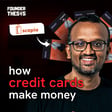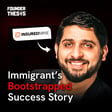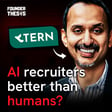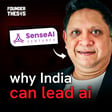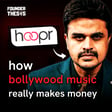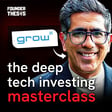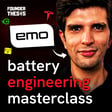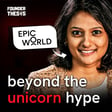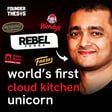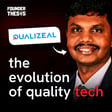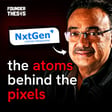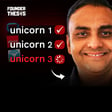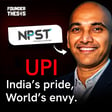
Automating CX | Raghu Ravinutala @ Yellow.AI
Pivoting is not the end of the disruption process but the beginning of the next leg of your journey. This is exactly the essence of the journey of our next guest on Founder Thesis.
In this episode, Akshay Datt speaks with Raghu Ravinutala, Co-founder and CEO, Yellow.ai, a hardcore techie who has worked with Texas Instruments and Broadcom before charting his entrepreneurial path.
In 2014, he met his now co-founder, Jaya Kishore Reddy, who was then, working on a product that aimed to bridge the gap between customers and enterprises, as a weekend project. They soon quit their corporate jobs and took up this part-time project to a full-time daily mission, founding Yellow Messenger in 2015. Today as Yellow.ai, it is one of the World’s Leading Conversational CX Automation platforms, which is trusted by more than 700 global enterprises.
Tune in to this episode to hear Raghu speak about how Yellow.ai aims to democratize artificial intelligence by offering chat and voice bots to automate customer experience for large enterprises.
What you must not miss!
- The transition from B2C to B2B.
- Developing a multilingual platform.
- Experience of working as a part of the Microsoft Accelerator program.
- Fundraising journey.
- Plans for global expansion.
